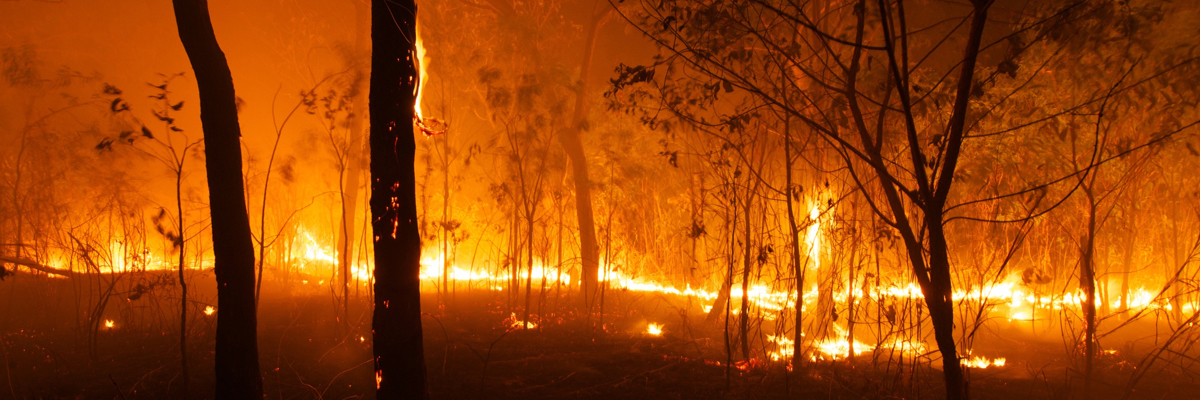Unraveling the Relevance of a Detailed BAL Report for Your Home
Unraveling the Relevance of a Detailed BAL Report for Your Home
Blog Article
How BAL Report Impacts Bush Fire Security Actions
In the world of bush fire security, the Structure Attack Degree (BAL) report stands as a crucial device that considerably influences the safety and durability of residential or commercial properties in fire-prone areas - BAL Report. The effect of a BAL analysis extends far beyond simple documents; it acts as the keystone for determining the suitable building and construction standards and fire protection actions required to alleviate the dangers posed by bushfires. As neighborhoods grapple with significantly serious fire seasons, understanding just how the BAL report shapes these protective procedures ends up being vital for policymakers, homeowners, and home builders alike
Understanding the Bushfire Attack Degree

Significance of BAL Record Evaluation

In Addition, the BAL report analysis acts as a foundational action in following legal commitments and needs associated with bushfire security. Local councils and authorities usually mandate the submission of a BAL report as part of the preparation and building authorization process to ensure that homes are appropriately protected versus bushfire risks. Stopping working to conduct an extensive BAL report evaluation can lead to poor defense steps, leaving properties susceptible to devastating bushfire events.
Building And Construction Standards Based on BAL
A detailed understanding of the Bushfire Strike Degree (BAL) makes it possible for building owners to implement construction standards customized to their specific threat account. Building standards based on BAL are critical in reducing the influence of bushfires on properties. The BAL score classifies the potential risk a property deals with throughout a bushfire on a range from BAL-Low to BAL-FZ (Fire Area) Each BAL level corresponds to details building needs described in the Australian Standard AS3959-2018 Construction of Buildings in Bushfire-Prone Areas. Homes categorized as BAL-Low may only require fundamental actions such as removing particles and keeping yards, while those in higher BAL classifications need even more durable measures like ember screens, fire-resistant products, and secured windows. Complying with these building standards not only enhances the structural resilience of the property however additionally boosts the total safety of homeowners throughout a bushfire occasion. Consequently, homeowner have to thoroughly consider their BAL score and abide by the corresponding building and construction criteria to properly safeguard their residents and homes.
Implementing Fire Protection Procedures
With the structure of useful reference building and construction criteria based on Bushfire Assault Degree (BAL) in place, the focus click for more info now changes towards the useful execution of fire protection measures to strengthen buildings against bushfire dangers. Easy actions consist of making use of fire-resistant structure materials, setting up ash guards on vents, securing gaps in walls and roofs, and preserving a clear room around the residential property cost-free from flammable plants. By integrating both passive and active techniques, buildings can dramatically minimize their susceptability to bushfire occurrences and boost the safety of owners.
Shielding Homes Versus Bushfires
Efficiently protecting homes against the damaging impacts of bushfires calls for a positive and detailed technique to fire protection steps. Homeowners living in bushfire-prone locations have to focus on the application of numerous techniques to enhance their residential or commercial property's durability against wildfires. One basic element is creating a defensible space around the home by maintaining a clear zone totally free of flammable products. This consists of regularly cutting plant life, eliminating dead plants, and guaranteeing a safe distance between frameworks and trees. Setting up fireproof roof covering materials can additionally dramatically minimize the risk of cinder assaults and direct flame contact. Additionally, securing voids and vents to stop coal breach, along with integrating fire-resistant doors and home windows, can assist strengthen the home's defense against her response bushfires. Purchasing a trusted water resource, such as a well-kept lawn sprinkler or a committed water storage tank, is important for providing water during fire emergency situations - BAL Report. By accepting a proactive position and incorporating these protective steps, home owners can substantially boost their opportunities of safeguarding their homes against bushfires.
Verdict
In final thought, the Bushfire Attack Level (BAL) record plays an essential function in determining the required defense measures against bushfires. Implementing fire defense actions based on the BAL record is necessary in guarding homes from potential bushfire dangers.
In analyzing bushfire danger to residential properties, understanding the Bushfire Assault Level (BAL) is an important element for implementing effective protection actions. On the whole, a clear understanding of the Bushfire Strike Degree is crucial for implementing sufficient defense actions and mitigating the impact of bushfires on residential properties.

Report this page